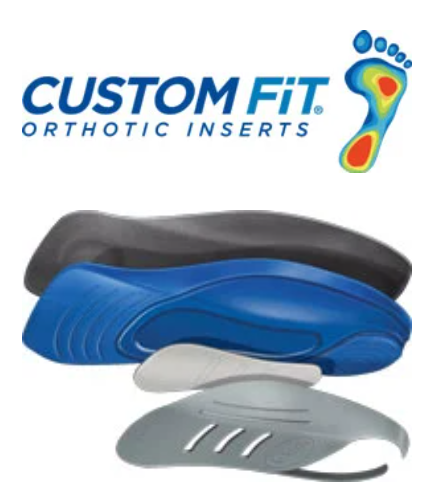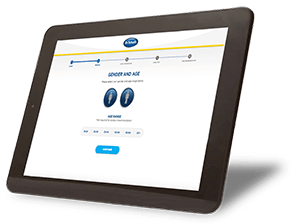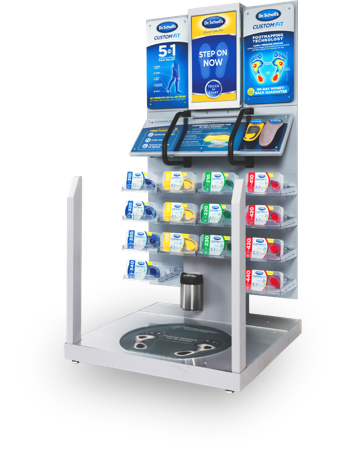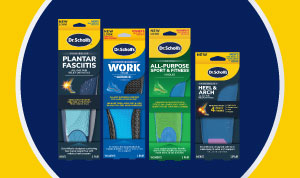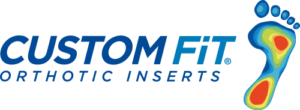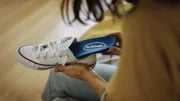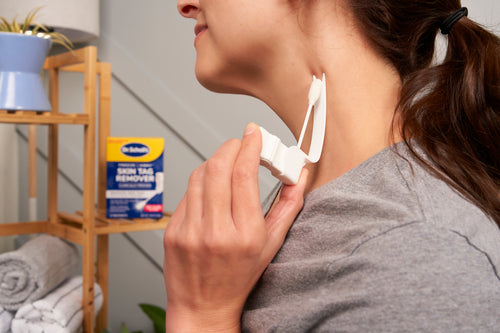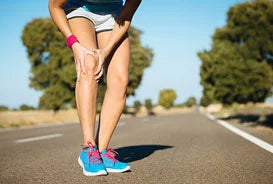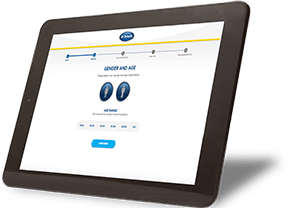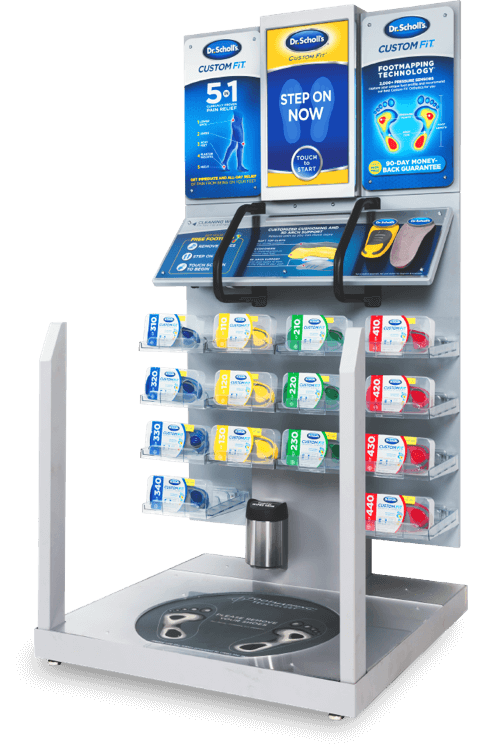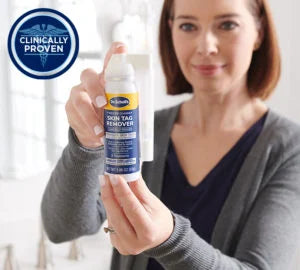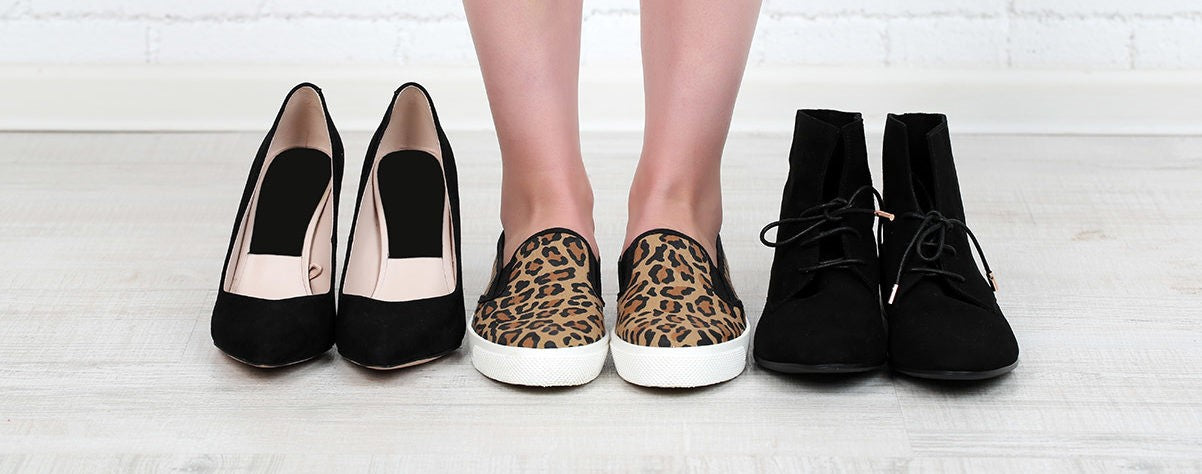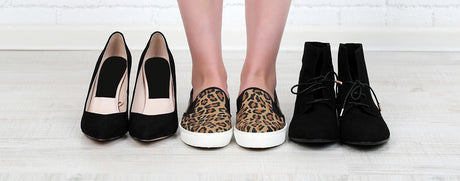Why is good shoe fit important?
We count on our feet all day long and they take a beating, so having shoes that fit right is a must. The right shoes can help keep us active by providing comfort and support. Good shoes also protect our feet and act as shock absorbers. Ill-fitting shoes can lead to a host of foot problems, including bunions, corns and calluses.
Many people don’t realize the impact of poorly-fitted shoes. When shoes don’t fit right, it doesn’t just lead to problems for our feet, but also our ankles, knees, lower legs, hips, and spine. Ignoring the problem can lead to even bigger issues in the future, making it difficult to enjoy everyday activities later in life.
A lot of people suffer from foot and toe-related discomfort. Luckily, many of these shoe related problems can be prevented by choosing shoes that fit your foot and body structure, as well as your lifestyle.
How can I find the right shoes?
Since there are many different types of foot shapes and sizes, it’s important to keep in mind that shoes that are right for one person, may not be right for you. Style often influences our shoe-buying decisions, but it shouldn’t be the only factor.
Here are 5 tips for finding shoes with the right fit:
1.) Purchase shoes near the end of the day:
You might not realize that your feet tend to swell during the day so you want to make sure your shoes are still comfortable when nighttime rolls around. Try on shoes at the end of a long day to ensure that they will provide a comfortable fit all day.

2.) Buy shoes based on fit, not size:
You might think you know what size shoe you wear, but sizes can vary between brands and styles, so focus on fit. Shoes should feel snug but not tight. A bigger size may allow more space and comfort in the toe box area but if it’s too big, you might experience friction from your foot sliding around in the shoe. That friction can lead to calluses and blisters.

3.) Choose a square or round toe box:
Pointed shoes may look pretty but they can crowd your toes. A square or round toe box allows for more space in the toe area and can prevent toe compression.


4.) Avoid excessively high heels:
If your feet hurt after wearing high heels, it’s usually due to excess pressure on the balls of the feet. It’s best to choose shoes with a heel under 2 inches high. Heels should feel secure on your foot and they shouldn’t compress your toes.

5.) Make sure there is ½ inch of space between your longest toe and the tip of the shoe:
Shoes that are too tight in the toe area can be uncomfortable and lead to various foot conditions like hammer toe. On the other hand, shoes that are too long can cause the foot to slide. Make sure that you have enough space for comfort but not so much that your foot slides around in the shoe. Don’t be afraid to take those shoes for a test drive. Walk around the store, moving in different directions to really get a feel for how the shoes fit.


